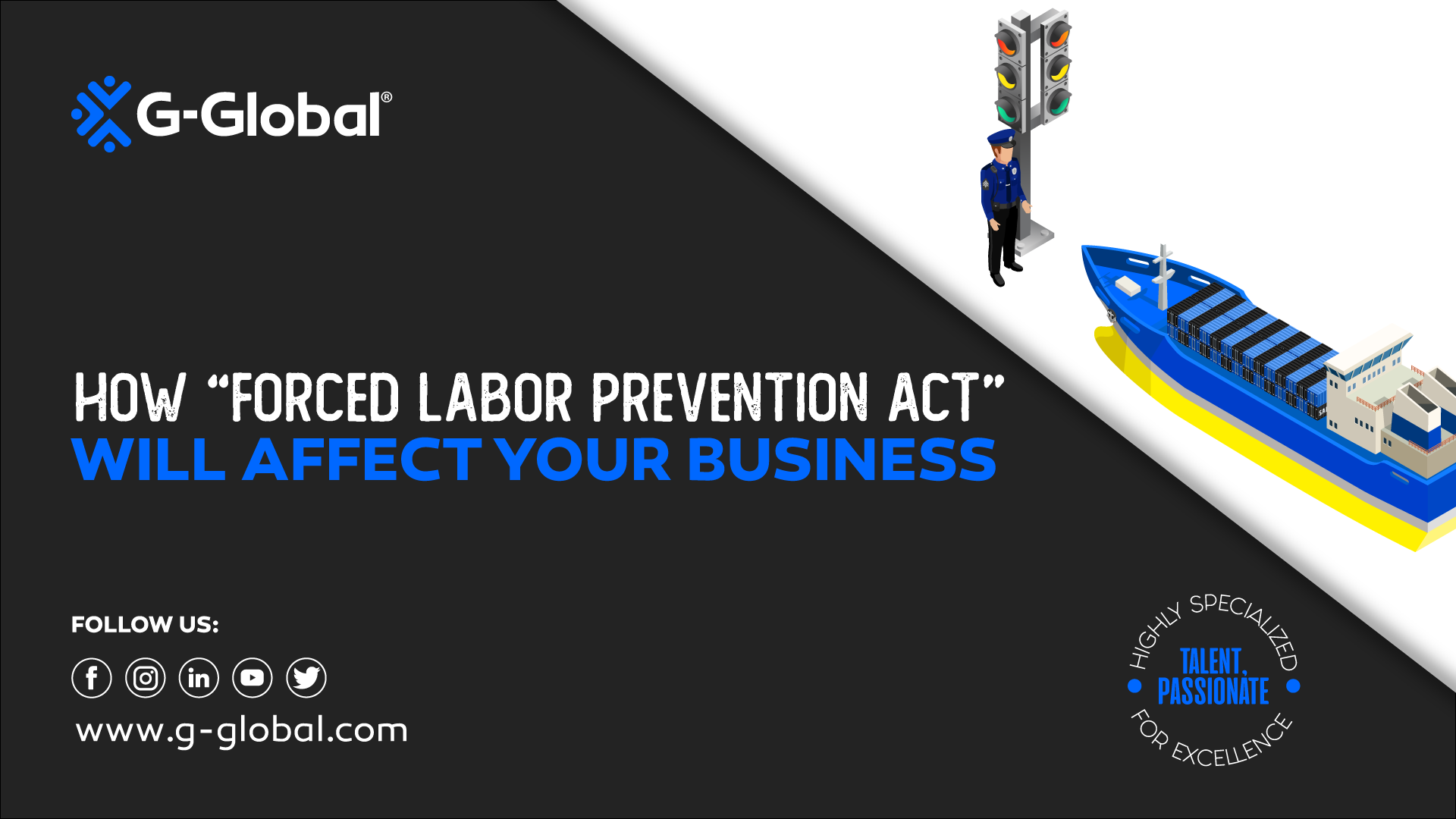On March 18, 2023, CBP will deploy the Uyghur Forced Labor Prevention Act (UFLPA) in an effort to eliminate the trade of goods manufactured with forced labor. Signed by President Joe Biden on Dec. 23, 2021, CBP describes it as a “significant international trade legislation was the U.S. response to the Chinese government’s systemic use of forced labor against Uyghurs and other ethnic minorities in the Xinjiang Uyghur Autonomous Region, or XUAR, in the People’s Republic of China.”
This will be reinforced through changes and alerts provided by ACE system to goods that may be excluded from importation into the United States.
International Labour Organization establishes forced labor as part of modern slavery, “all work or service which is exacted from any person under the threat of a penalty and for which the person has not offered himself or herself voluntarily.”
The two CBP components primarily responsible for enforcing the Uyghur Forced Labor Prevention Act – the Office of Trade and the Office of Field Operations – began implementing the rebuttable presumption that went into effect on June 21, 2022 after months of intense preparation. That presumption means CBP will treat all goods produced entirely or in part in the XUAR as if they were produced with forced labor, and therefore, prohibited from entering the U.S. pursuant to Section 307 of the Tariff Act of 1930.
The UFLPA Region Alert will add three new validations to ACE in specific applications pertaining to the postal code of the location of your manufactured goods.
This elevated standard will require the importer to not only use due diligence in the evaluation of its supply chain but also to respond completely and substantively to CBP requests for information regarding entries it may review.
What type of evidence may be required?
- Transaction and Supply Chain Records:
- full records of transactions and supply chain documentation that demonstrate the country of origin and its components (e.g., packing list, bill of lading, manifest);
- Documents Demonstrating the Parties Participating in the Transaction:
- all parties involved in the manufacture, manipulation, or export of a particular good (e.g., summarize the roles of parties involved as substantiated by other supporting documents, flow chart of supply chain);
- Documentation Relating to the Payment and Transportation of Raw Materials:
- the origin of the raw materials, and documentation showing that these business transactions (e.g., invoices, contracts, purchase orders) have occurred financially (e.g., proof of payments) and physically (e.g., documents to support goods were transferred from one entity to another.)
For more FAQs, refer to CBPs official’s page here.
We invite you to approach your broker or freight forwarder to stay up to date on notifications and changes that may affect your supply chain expectations of delivery and customs clearance. Port congestion is a possibility for this new scenario underway.



